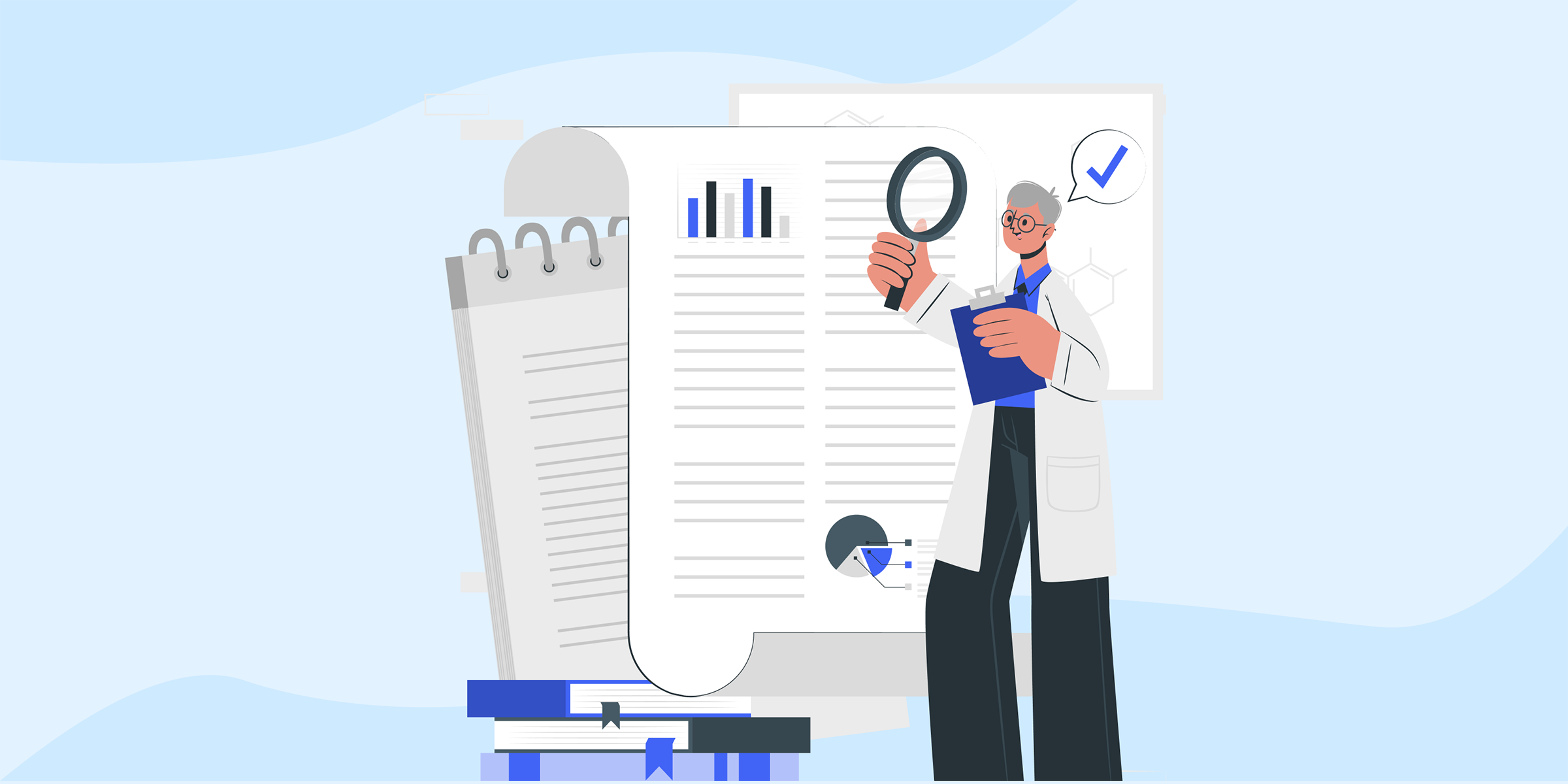Residential Proxies
Allowlisted 200M+ IPs from real ISP. Managed/obtained proxies via dashboard.

Proxies Services
Residential Proxies
Allowlisted 200M+ IPs from real ISP. Managed/obtained proxies via dashboard.
Residential (Socks5) Proxies
Over 200 million real IPs in 190+ locations,
Unlimited Residential Proxies
Unlimited use of IP and Traffic, AI Intelligent Rotating Residential Proxies
Static Residential proxies
Long-lasting dedicated proxy, non-rotating residential proxy
Dedicated Datacenter Proxies
Use stable, fast, and furious 700K+ datacenter IPs worldwide.
Mobile Proxies
Dive into a 10M+ ethically-sourced mobile lP pool with 160+ locations and 700+ ASNs.
Scrapers
Collection of public structured data from all websites
Proxies
Residential Proxies
Allowlisted 200M+ IPs from real ISP. Managed/obtained proxies via dashboard.
Starts from
$0.6/ GB
Residential (Socks5) Proxies
Over 200 million real IPs in 190+ locations,
Starts from
$0.03/ IP
Unlimited Residential Proxies
Unlimited use of IP and Traffic, AI Intelligent Rotating Residential Proxies
Starts from
$1816/ MONTH
Rotating ISP Proxies
ABCProxy's Rotating ISP Proxies guarantee long session time.
Starts from
$0.4/ GB
Static Residential proxies
Long-lasting dedicated proxy, non-rotating residential proxy
Starts from
$4.5/MONTH
Dedicated Datacenter Proxies
Use stable, fast, and furious 700K+ datacenter IPs worldwide.
Starts from
$4.5/MONTH
Mobile Proxies
Allowlisted 200M+ IPs from real ISP. Managed/obtained proxies via dashboard.
Starts from
$1.2/ GB
Scrapers
Web Unblocker
Simulate real user behavior to over-come anti-bot detection
Starts from
$1.2/GB
Serp API
Get real-time search engine data With SERP API
Starts from
$0.3/1K results
Scraping Browser
Scale scraping browsers with built-inunblocking and hosting
Starts from
$2.5/GB
Documentation
All features, parameters, and integration details, backed by code samples in every coding language.
TOOLS
Resources
Addons
ABCProxy Extension for Chrome
Free Chrome proxy manager extension that works with any proxy provider.
ABCProxy Extension for Firefox
Free Firefox proxy manager extension that works with any proxy provider.
Proxy Manager
Manage all proxies using APM interface
Proxy Checker
Free online proxy checker analyzing health, type, and country.
Proxies
AI Developmen
Acquire large-scale multimodal web data for machine learning
Sales & E-commerce
Collect pricing data on every product acrossthe web to get and maintain a competitive advantage
Threat Intelligence
Get real-time data and access multiple geo-locations around the world.
Copyright Infringement Monitoring
Find and gather all the evidence to stop copyright infringements.
Social Media for Marketing
Dominate your industry space on social media with smarter campaigns, anticipate the next big trends
Travel Fare Aggregation
Get real-time data and access multiple geo-locations around the world.
By Use Case
English
繁體中文
Русский
Indonesia
Português
Español
بالعربية

In today's digital age, the collection and analysis of big data have become crucial for businesses and organizations looking to gain valuable insights and make informed decisions. However, the process of collecting big data can be daunting for many, especially for those who are new to the field. In this blog post, we will discuss some effective strategies on how to collect big data in a structured and efficient manner.
Before delving into the methods of collecting big data, it is essential to have a clear understanding of what big data entails. Big data refers to large and complex datasets that traditional data processing applications are unable to handle effectively. These datasets can come from various sources such as social media, sensors, website analytics, and more. Understanding the types and sources of big data is the first step towards effectively collecting and utilizing it.
The key to successful big data collection lies in defining clear objectives and goals. Before embarking on any data collection efforts, it is crucial to determine what specific insights or information you are seeking to gain from the data. Whether it be improving customer experience, optimizing business operations, or enhancing marketing strategies, having well-defined objectives will guide your data collection process in the right direction.
In the rapidly evolving field of big data, there is a wide array of tools and technologies available to assist in the collection and analysis of data. From data management platforms to data visualization tools, choosing the right technology stack is essential for efficient data collection. Some popular tools include Hadoop, Apache Spark, MongoDB, and Tableau. Selecting the appropriate tools based on your data requirements and objectives will streamline the data collection process.
Big data is all about variety, velocity, and volume. To ensure comprehensive insights, it is essential to leverage data from multiple sources. This includes structured data from databases, unstructured data from social media and websites, as well as real-time data streams from sensors and IoT devices. By combining data from various sources, you can gain a holistic view of your operations and customers, enabling data-driven decision-making.
Data quality is paramount in any data collection endeavor. Poor quality data can lead to inaccurate analyses and flawed decision-making. Implementing data quality controls and governance frameworks is crucial to ensuring the reliability and accuracy of the collected data. Regular data cleansing, validation, and integrity checks should be performed to maintain data quality standards.
With the increasing concern over data privacy and security, it is imperative to prioritize data security and compliance in the data collection process. Implementing robust security measures such as encryption, access controls, and data masking will safeguard sensitive information from unauthorized access. Furthermore, adhering to data protection regulations such as GDPR and CCPA is essential to avoid legal repercussions.
Machine learning and artificial intelligence have revolutionized the field of big data analytics. By leveraging ML algorithms for predictive analytics, pattern recognition, and anomaly detection, businesses can extract valuable insights from large datasets. Implementing AI-driven analytics tools can automate data collection processes, identify trends, and generate actionable recommendations based on the data.
While technology plays a significant role in data collection, the human element is equally important. Collaborating with data scientists and analysts can provide valuable expertise in interpreting data, building predictive models, and deriving meaningful insights. Data professionals can help identify relevant data sources, design data collection strategies, and extract valuable insights that drive business growth.
In the dynamic landscape of big data, continuous learning and adaptation are key to staying ahead of the curve. Stay informed about the latest trends and technologies in data collection and analytics. Attend industry conferences, workshops, and training sessions to enhance your skills and knowledge. By continually evolving and adapting to the changing data landscape, you can better harness the power of big data for your business.
In conclusion, collecting big data is a multifaceted process that requires careful planning, strategic decision-making, and technological expertise. By understanding the fundamentals of big data, defining clear objectives, leveraging the right tools and technologies, and prioritizing data quality and security, businesses can unlock valuable insights that drive growth and innovation. Embrace the power of big data and embark on a data-driven journey towards success.
Featured Posts
Popular Products
Residential Proxies
Allowlisted 200M+ IPs from real ISP. Managed/obtained proxies via dashboard.
Residential (Socks5) Proxies
Over 200 million real IPs in 190+ locations,
Unlimited Residential Proxies
Use stable, fast, and furious 700K+ datacenter IPs worldwide.
Rotating ISP Proxies
ABCProxy's Rotating ISP Proxies guarantee long session time.
Residential (Socks5) Proxies
Long-lasting dedicated proxy, non-rotating residential proxy
Dedicated Datacenter Proxies
Use stable, fast, and furious 700K+ datacenter IPs worldwide.
Web Unblocker
View content as a real user with the help of ABC proxy's dynamic fingerprinting technology.
Related articles

Unleashing the Power of the Large Language Model: A Game-Changer in AI
Explore the power of Large Language Models (LLM) in our latest blog. Uncover how LLM is revolutionizing AI technology and its impact on the future. Dive into the world of advanced language processing today.

Unlocking the Power of Zoosk with ABCProxy: A Match Made in Online Dating Heaven
Explore the benefits of using Zoosk ABCProxy for secure and efficient online browsing. With Zoosk ABCProxy, enjoy enhanced privacy and protection while accessing your favorite websites. Stay safe online with Zoosk ABCProxy.

New Year Hot Deal: ABCproxy Unlimited Plan – NEW Hourly Billing As Low As $18/h
Discover the unbeatable New Year Hot Deal: ABCproxy Unlimited Plan now offers NEW Hourly Billing starting at $18/h! Experience unlimited browsing with top-notch security at an affordable rate. Upgrade your online experience today.